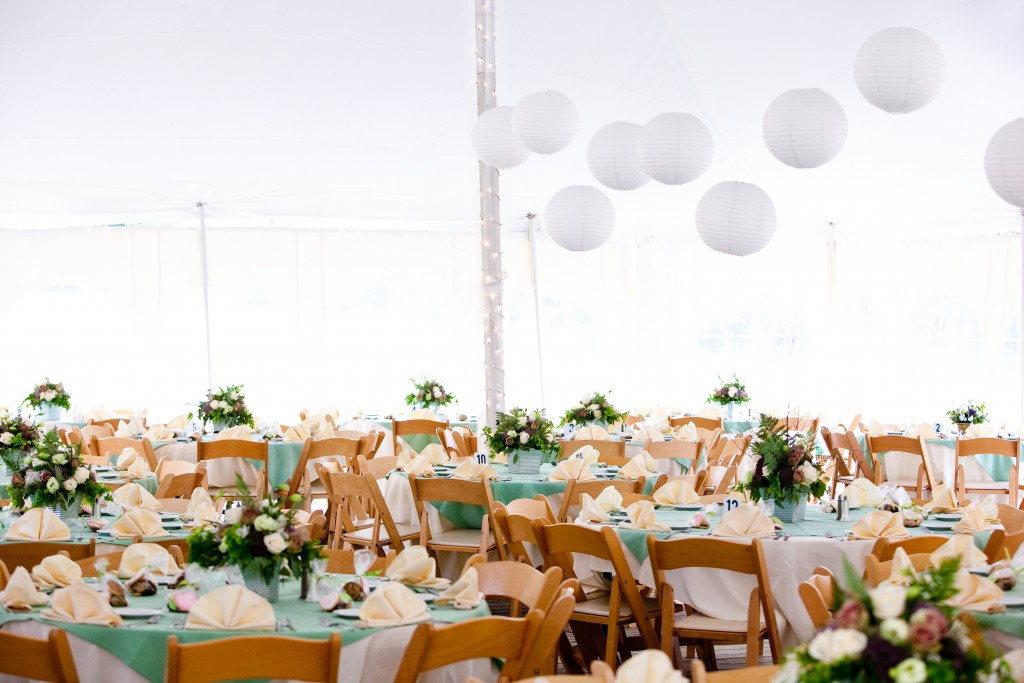When it comes to handbags or purses, only a few can have the bragging rights of being both endearing and enduring. These include Coach.
The brand that started in a family-run workshop in Manhattan, New York, remains one of the most coveted despite the pandemic. Tapestry, the primary company of both Coach and Kate Spade, revealed that the revenue for its main product rose by over 25 percent globally during the first three months of 2020.
Designer bags from Coach can also command a high price point for their demand, style, and premium materials. But what makes them even more worthy of every penny paid is its history.
The Bag with a Purpose
The history of handbags began as long as 5,000 years ago when, interestingly, a man named Otzi the Iceman carried a pouch to hold money. But it wasn’t until the early days of modern Europe that this accessory took off, particularly among women.
The ladies would often carry a smaller version of it known as the purse to contain coins. Although the use was simple, the design was not. It was easier for them to play around with the style since the main material to make these bags was fabric. Moreover, even when they’re still young, women already knew how to sew and embroider.
As women’s fashion changed, so did the design—and size—of these purses and bags. During the Roaring Twenties, bags, which now featured more durable handles and longer straps, seemed to match the intricacy, fun, and look of the flapper dresses. They were elaborate and used a variety of materials, including silk and leather.
Despite these changes, though, handbags, overall, seemed to have two main issues. One, the material used wasn’t strong enough, so the accessory also didn’t last long.
Second, especially in the 1920s, women brought bags mainly for aesthetics than function. Their sizes were small that they could contain only coins and probably a compact, which many ladies could live without.
Fast-forward to after the war. A couple, Miles and Lillian Cahn, decided to join a small company called Coach in New York. Back then, it was an artisan brand. At least six people were experts at leather handcrafted purses and billfolds.
The Cahns used to run a leather handbag manufacturing business, and thus, they recommended adding this accessory into the product line. However, Lillian wanted a bag that wasn’t only beautiful but also functional.
The Accessory Inspired by a Depression-era Shopping Bag
Lillian then remembered her life during the Depression. The little girl from Hungary moved to the United States when the entire country was in financial turmoil. To survive, her mother made noodles, which the kids delivered to customers inside shopping bags.
These grocery bags then became her inspiration for the first high-end women’s handbag or tote Coach released in the market. To make it even more elegant, she worked with her husband in using a type of leather not often used in bag manufacturing. Instead, it was the same material used in making a baseball glove.
Having worked with leather for several years, the Cahns knew that the material, which was supposed to be tough, would become softer as time went by. Even better, leather could absorb dye in a way that would make it look richer and more beautifully colored.
When they combined these two ideas, women ended up having a simple but elegant casual bag that could hold many items and last for many years. In fact, even when used regularly, a Coach could still look good after three to four years. When properly taken care of, it could have a lifespan of 20 years or more, making it an excellent vintage collectible.
Coach didn’t stop with the simple tote, however. By 1961, the company welcomed Bonnie Cashin. Although her expertise was American sportswear—experts still consider her one of the pioneers in this industry—she was also pivotal in creating more iconic handbags.
With Cashin, Coach bags now featured brighter colors (for more customer options) and plenty of pockets for more storage and better organization. The brand also learned to release collections that usually included a purse and a keyholder that matched the appearance of the handbag.
Miles and Lillian are long gone, but Coach remains one of the reliable brands in the world. It has also expanded its product line to include watches, shoes, fragrances, and jewelry. It opened nearly a thousand stores across the world.
Most of all, the handbags are still very much around, carrying the legacy of a tote inspired by a Depression-era grocery bag and the brilliant minds of the people behind Coach.




